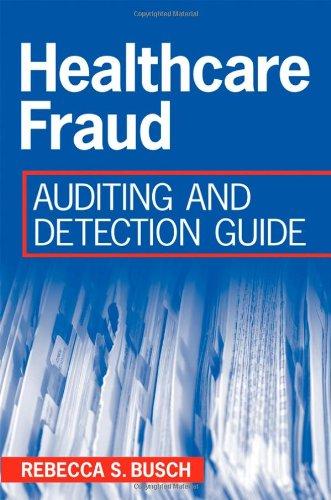SUMMARY OF FORMULAS Cost-Volume Profit Analysis Contribution margin per unit (CMU) = Selling price per unit - Variable cost per unit B.E.P.in units = Fixed costs/CMU B.E.P.in revenues = B.E.P. in units x SPU Margin of safety = Sales units - B.E.P. in units Units to sell to get a profit = (Fixed costs + expected profit)/CMU Profit = Total Revenues - Variable Costs - Fixed costs Cost Allocation Overhead rate Total indirect OR overhead costs Total volume allocation base Budgeting Sales Budget Budgeted sales = budgeted units x selling price per unit Production Budget Budgeted production (units) = Budgeted sales(units) + Target closing finished goods (units) - Opening finished goods (units) Material Budget Budgeted raw material usage = Required production (unit) x material required per unit Budgeted raw material purchase = Budgeted raw material + Target closing raw material stock - Opening raw material stock Cash Budget Cash Budget = opening balance + cash inflow - cash out flow + +-+ Capital Investment Decisions FV, FV2 Net Present Value (NPV) = FV FV, (1+r)! *(1 + r)2 (1+r) (1 + r)" NPV. Internal Rate of Return (IRR) = R + {PV- *(R.-R.) Accounting Rate of Return (ARR) - Average annual net profit before interest and taxes Initial Capital employed on the project Question 1 Surrey Furniture Ltd is a UK company that manufactures two types of office desks, named basic (Product A) and deluxe (Product B). The production data for the two products are shown in the table below. The company currently uses a job costing system to charge overheads to products on a factory-wide basis using direct labour hours as the absorption base. The budgeted overhead costs are 120,000 and 20,000 labour hours are expected to be used. Further information on the manufacturing of the two products are provided below: Product A Product B Volume produced (units) 2,000 3,000 Direct costs assigned directly to product: Direct material 26,000 35,000 Direct labour 12,000 18,000 Labour hours Machining Department 600 900 Inspection Department 500 600 Machine hours Machining Department 1,200 1,400 Inspection Department 800 1,000 Production runs 200 180 Materials usage (kg) 22,000 25,000 The owner, Matthew, believes that this costing system is leading to inaccurate job costs and is considering changing to departmental overhead absorption rates based on the dominant activity in each department. Details of the costs and activities in the company's two departments are as follows: Machining Inspection Labour hours 7,500 8,000 Machine hours 12,000 6,500 Overheads 80,000 40,000 However, the new management accountant Marina believes that an activity based costing system would lead to much more accurate product costs and has allocated manufacturing overheads to activity-based cost pools. The amounts recorded for each activity and the level of the related cost driver identified are as follows: Activity Amount Cost driver Machine maintenance 40,000 Machine hours 12,000 MH Production scheduling 60,000 Production runs 8,000 PR Material handling 20,000 Quantity of material (kg) 200,000 kg Total 120,000 Required: a) Calculate the unit product cost of Product A and Product B according to the existing job costing system of charging manufacturing overhead to products. [8 marks) b) Calculate the unit product cost of Product A and Product B using departmental overhead rates as proposed by Matthew. (8 marks] c) Calculate the unit product cost of Product A and Product B using the cost drivers identified by the new management accountant, to allocate overheads to the two products. [8 marks]









